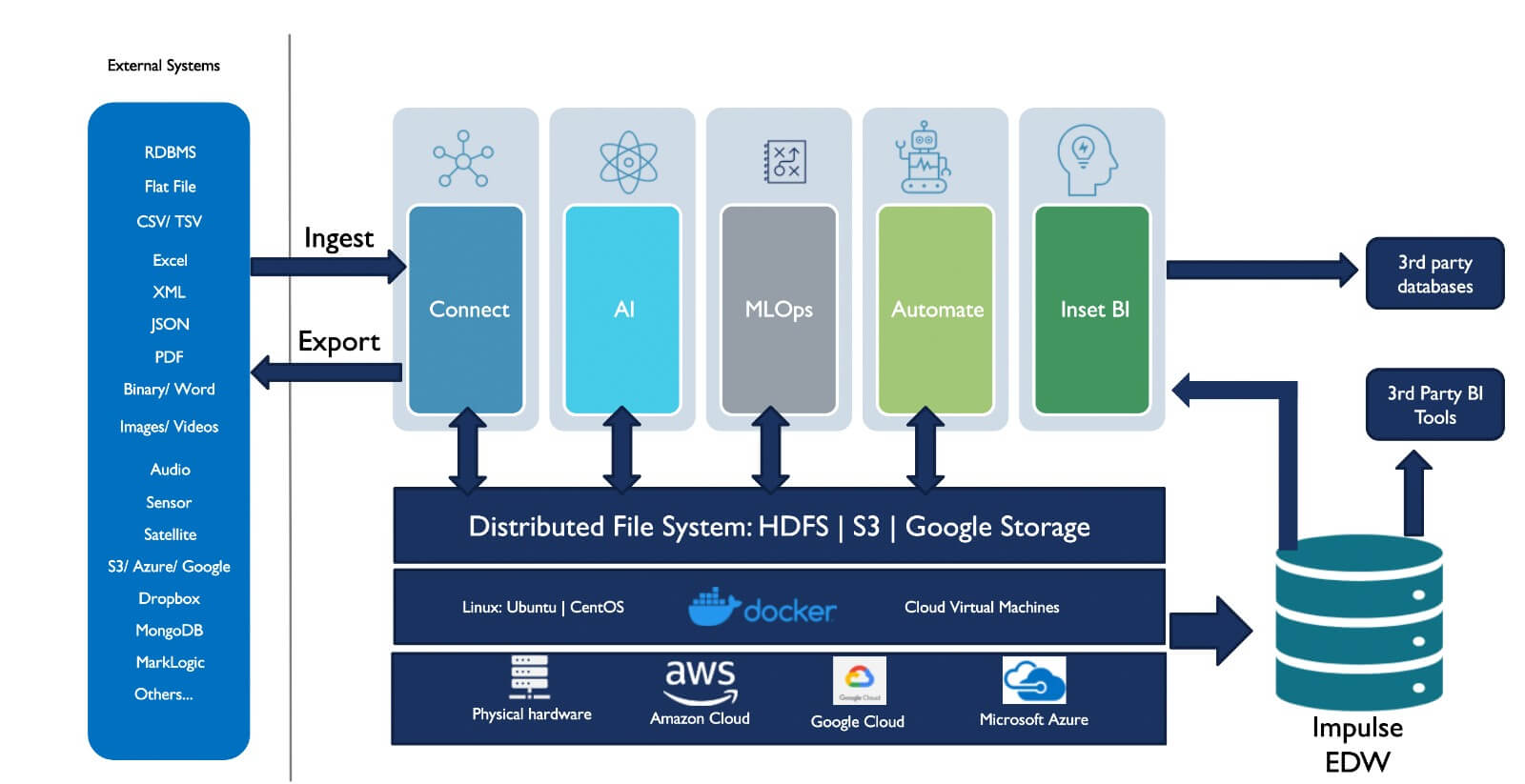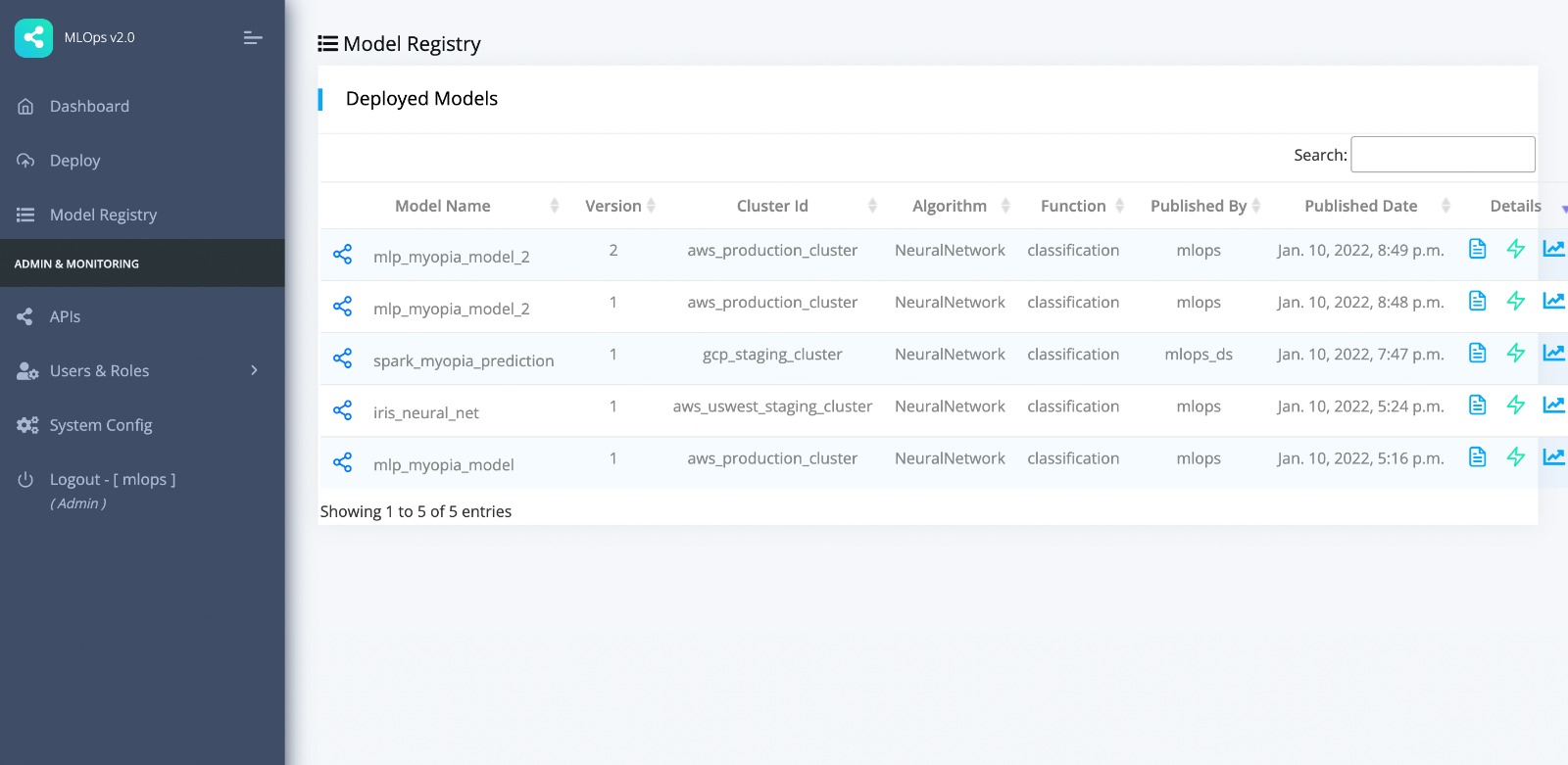Momentum AI
Momentum democratizes AI by providing no-coding toolkits to rapidly train and deploy ML models in production, thus increasing the overall productivity of the data science team.
No specialized skill is needed to work with Momentum.

How Does Momentum AI Work?
Supported Algorithms
Momentum AI supports a wide variety of machine learning algorithms out of the box. It provides a pluggable architecture to add new algorithms with just a few simple configurations. Here is a high-level list of models that we support:
Supervised Regression
Supervised Classification
Unsupervised Machine Learning
Natural Language Processing (NLP)
Recommender Engine / Collaborative Filtering using Alternating Least Squares
Computer Vision
Feature Engineering
Feature Engineering

Momentum AI does automatic feature engineering. This helps data scientists to stay focused on improving the model accuracy.
You can also perform feature engineering using box plotting, Pearson’s Chi-squared, and correlation coefficients.
If your dataset contains unbalanced classes and downsampling will cause data losses, you could use SMOTE to create synthetic data to balance your classes. Momentum provides a highly scalable SMOTE implementation to work with billions of data rows.
Model Deployment

Efficient versioning, management, and deployment of machine learning models are essential for any successful AI implementation. Momentum provides features to easily manage and deploy AI models in production in one of the following deployment use cases:
Ready To Embrace The Future
If you are working on a data engineering or AI solution, trying to explore a use case, or building a proof-of-concept, please contact us for a one-on-one discussion.